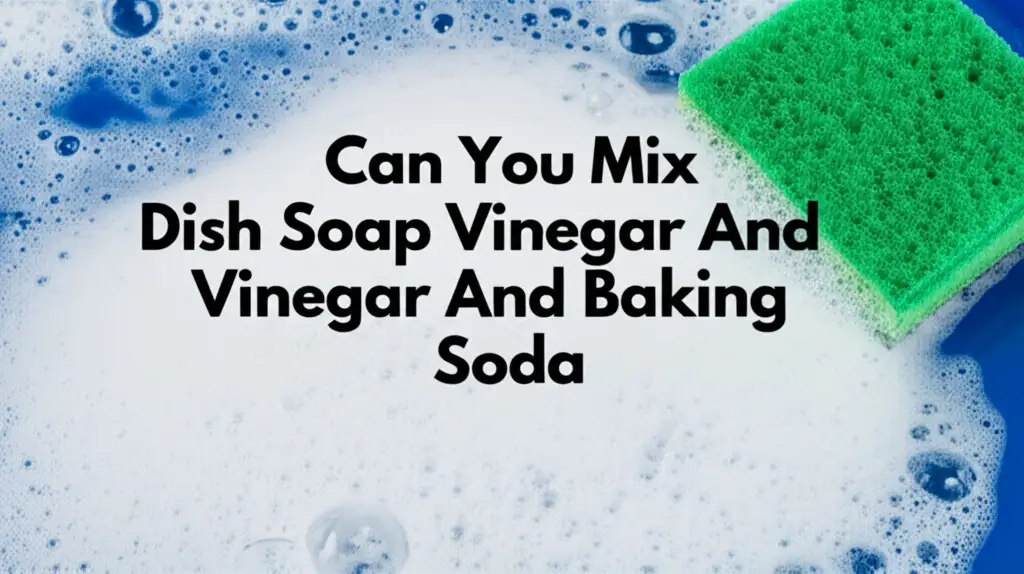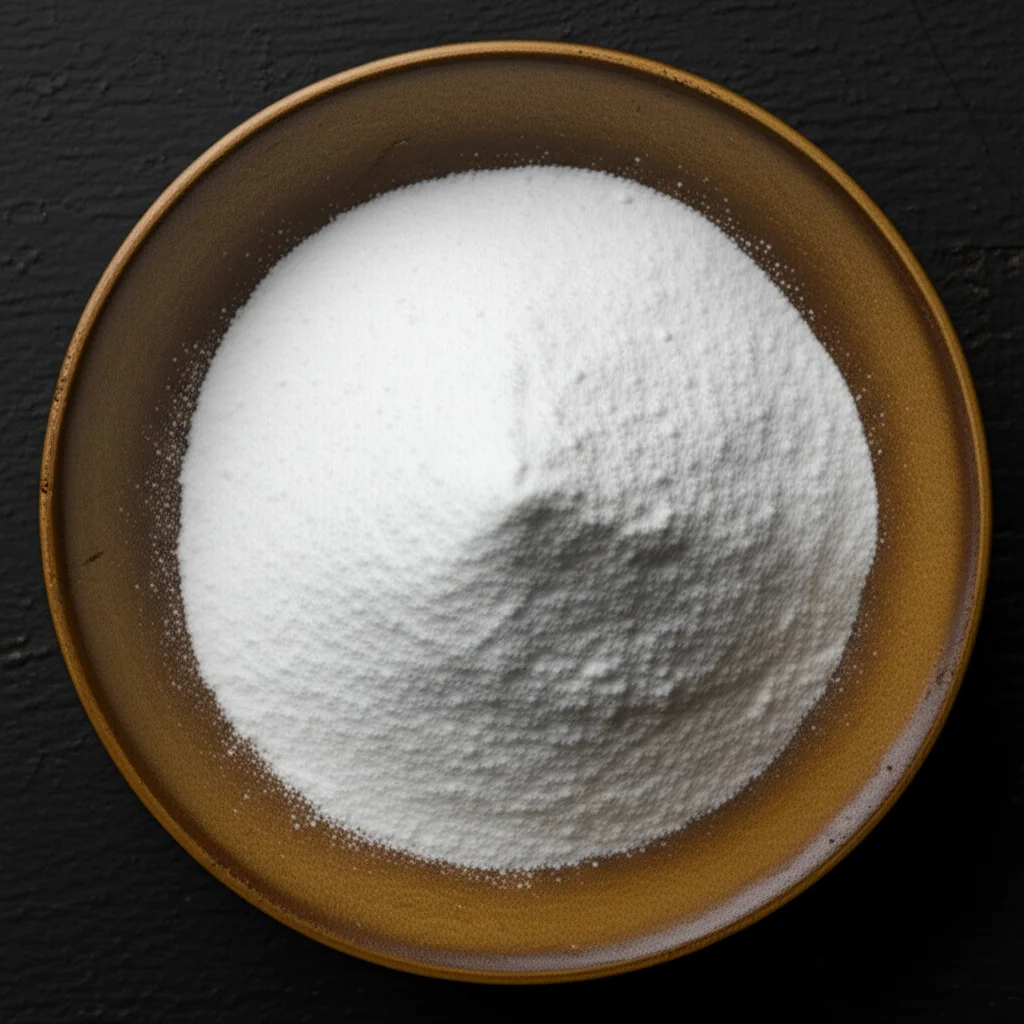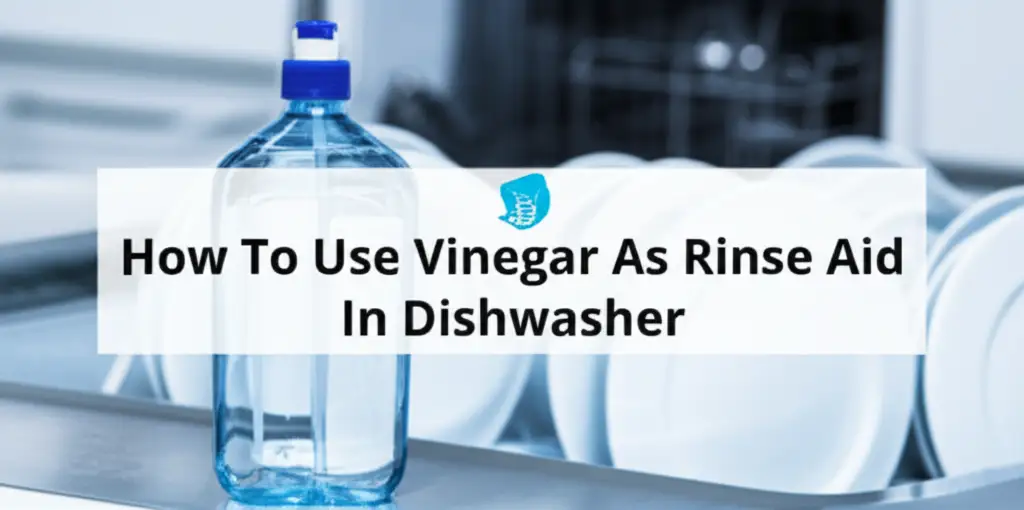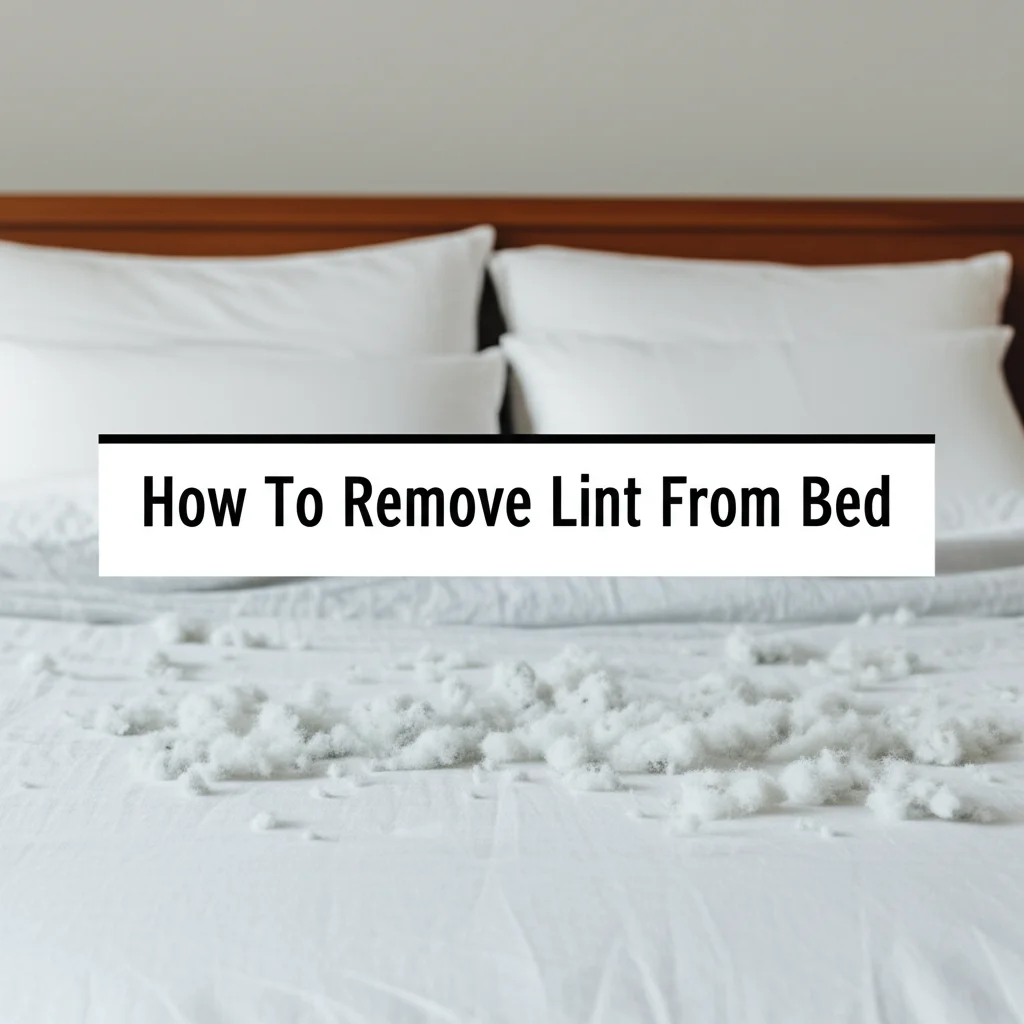· Katria Melrose · Home Cleaning Tips · 19 min read
Can You Mix Dish Soap Vinegar And Baking Soda

Unveiling the Truth: Can You Mix Dish Soap, Vinegar, and Baking Soda?
Have you ever stood in your kitchen, bottle of dish soap in one hand, vinegar in the other, and a box of baking soda nearby, wondering if mixing them creates a cleaning miracle? Many people consider these three items staples for DIY household cleaning. The idea of combining their individual powers can seem appealing. Yet, the truth about whether you can effectively mix dish soap, vinegar, and baking soda for cleaning is more nuanced than you might think. This article explores the science behind these ingredients and provides guidance on their best use. We will discuss what happens when you combine them, when it is safe to do so, and when separate applications are more effective. Understanding these interactions helps you clean your home better and safer.
Takeaway
- Mixing all three at once is generally not effective. The chemical reaction between vinegar (acid) and baking soda (base) neutralizes their individual cleaning strengths.
- It creates a fizzy reaction. This reaction produces carbon dioxide gas, which can offer some scrubbing action but primarily renders the mixture less potent.
- The foam is mostly water. The resulting foam is mostly water and dissolved salts, not a super cleaner.
- Use them separately or in specific combinations. For best results, use dish soap with water, or baking soda with vinegar for specific reactions, but not all three at once.
- Dish soap and vinegar can combine for certain tasks. This mix works well for cutting grease and dissolving hard water stains without a neutralizing reaction.
Clear, Concise Answer
You can mix dish soap, vinegar, and baking soda, but it is often counterproductive for cleaning. Vinegar (an acid) and baking soda (a base) react and neutralize each other. This reaction produces foam, but it weakens their individual cleaning properties, making the resulting mixture less effective than using the ingredients alone or in simpler combinations.
The Chemistry of Cleaning: What Happens When You Mix Dish Soap, Vinegar, and Baking Soda?
Let us talk about the science first. When you combine baking soda and vinegar, a classic school volcano experiment comes to life. Baking soda, also known as sodium bicarbonate, is a base. Vinegar, or acetic acid, is an acid. When an acid and a base mix, they neutralize each other. This neutralization process produces water, a salt (sodium acetate), and carbon dioxide gas. The gas creates the fizzing and bubbling you see.
This fizzy reaction might look powerful, but it means the individual strengths of the baking soda and vinegar are gone. Baking soda is great for abrasive scrubbing and odor absorption. Vinegar excels at dissolving mineral deposits, grease, and grime due to its acidity. When mixed, they lose these properties. The resulting liquid is mostly salty water, with little cleaning power beyond simple water. Adding dish soap to this mixture does not change the neutralization. Dish soap is a surfactant; it helps water spread and lift dirt. It does not prevent the acid-base reaction. So, you end up with fizzy, soapy, salty water that is not a super cleaner.
Understanding Each Ingredient’s Cleaning Power
To use these items well, you must know what each one does best. Each of these common household items is powerful on its own. They have unique properties that make them useful for different cleaning tasks. Knowing their strengths helps you clean effectively without unnecessary mixing. I often think of them as specialized tools in my cleaning kit, each designed for a particular job.
Dish Soap: The Grease Fighter
Dish soap is a surfactant. Surfactants lower the surface tension of water. This helps water spread more easily and penetrate grease and grime. Dish soap works by breaking down oils and fats. It traps them in tiny bubbles, allowing them to be rinsed away. I find it excellent for cutting through sticky food residues on dishes, countertops, and even greasy stovetops. Its primary role is to lift dirt and grease, making it easy to wipe or rinse away. You can use it with warm water for most kitchen cleaning.
Vinegar: The Acidic Powerhouse
Vinegar is a mild acid. Its acidity makes it effective at dissolving mineral deposits, like hard water stains, rust, and soap scum. It also cuts through grease and grime. Vinegar helps disinfect by altering the pH level. This makes it difficult for many bacteria and mold to survive. I use vinegar often for descaling coffee makers, cleaning showerheads, and making glass sparkle. It leaves a streak-free shine on many surfaces. However, avoid using vinegar on natural stone, like marble or granite, as its acidity can etch the surface.
Baking Soda: The Gentle Scrubber and Odor Absorber
Baking soda is an alkali, a mild base. It is a natural abrasive, but gentle enough not to scratch most surfaces. Its fine crystal structure helps scrub away stuck-on grime. Baking soda is also excellent at absorbing odors. It neutralizes acidic and basic odor molecules, rather than just masking them. I often use baking soda to scour sinks, clean ovens, or freshen carpets. It can also absorb smells from refrigerators or garbage disposals. Its versatility makes it a must-have for many home cleaning tasks. You can learn more about how to clean with baking soda here.
Why Mixing All Three May Not Be Ideal for Cleaning
The common desire to mix dish soap, vinegar, and baking soda stems from a misunderstanding of their chemical properties. People see the individual cleaning power of each ingredient and assume combining them will multiply the effectiveness. However, in the case of vinegar and baking soda, the opposite happens. I used to think the more ingredients, the better, but I learned this is not true for all cleaning solutions.
When you mix vinegar (acetic acid) with baking soda (sodium bicarbonate), they undergo a chemical reaction. This reaction creates carbon dioxide gas, water, and sodium acetate (a salt). The fizzing action is impressive to watch, but it signals neutralization. Both the acid and the base are effectively canceled out. This means the mixture loses the descaling power of vinegar and the abrasive, odor-absorbing qualities of baking soda. You are left with mostly water and a bit of salt, with dish soap simply acting as a mild detergent in a now-neutral solution.
The resulting foamy liquid might lift some light dirt due to the dish soap. But it lacks the specific strengths that make vinegar and baking soda so useful on their own. For instance, if you want to dissolve hard water stains, vinegar alone is potent. If you want to scrub burnt food off a pan, baking soda paste is ideal. Mixing them takes away these unique abilities. It creates a weaker solution, often leaving you with more work than if you had used the ingredients separately or in appropriate pairs. Therefore, for most cleaning tasks, avoid mixing all three.
Safe and Effective Ways to Use Dish Soap and Vinegar Together
While mixing all three ingredients is not advisable, combining dish soap and vinegar can be highly effective for specific cleaning tasks. This pairing works well because dish soap is a neutral surfactant and vinegar is an acid. They do not neutralize each other. Instead, they complement each other’s strengths. I have found this combination surprisingly useful for many everyday cleaning challenges.
The dish soap helps to cut through grease and grime. It also helps the vinegar cling to surfaces rather than running off immediately. The vinegar, in turn, dissolves mineral deposits, tackles soap scum, and offers mild disinfection. This combination is particularly good for non-porous surfaces. It can make glass and tiles shine.
DIY All-Purpose Cleaner
You can easily create a simple and effective all-purpose cleaner. This cleaner works well for kitchen counters, bathroom surfaces, and even glass. It is much safer than many harsh chemical cleaners.
- Ingredients:
- 1 part distilled white vinegar
- 1 part water
- A few drops of liquid dish soap
- Instructions:
- Combine vinegar and water in a spray bottle.
- Add a few drops of dish soap.
- Gently shake to mix. Do not shake vigorously, as the dish soap can foam excessively.
- Uses:
- Spray on kitchen counters, wipe with a damp cloth.
- Clean bathroom sinks, tubs, and showers.
- Shine mirrors and glass (use a microfiber cloth for streak-free results).
- This mixture is excellent for cutting grease and soap scum.
Tackle Stubborn Soap Scum and Hard Water Stains
This dish soap and vinegar mix shines when dealing with bathroom build-up. Soap scum and hard water stains cling to shower walls, glass doors, and fixtures. The vinegar breaks down the mineral deposits. The dish soap lifts the greasy soap scum.
- Application:
- Spray the mixture generously on the affected areas.
- Let it sit for 5-15 minutes, allowing the vinegar to work.
- Scrub with a brush or sponge.
- Rinse thoroughly with water.
- I have used this method on my shower doors. It truly makes a noticeable difference.
Degreasing Kitchen Surfaces
For greasy stovetops, range hoods, or sticky kitchen cabinets, the combination of dish soap and vinegar works wonders. Dish soap tackles the grease directly. Vinegar helps to cut through any remaining residue and leaves surfaces clean.
- Method:
- Spray the solution onto the greasy surface.
- Allow it to sit for a few minutes.
- Wipe with a clean, damp cloth.
- Repeat if necessary for very stubborn grease.
Remember to always test any cleaning solution on a small, inconspicuous area first. This ensures it does not damage the surface you are cleaning. This combination is generally safe for most non-porous surfaces.
Harnessing the Power of Baking Soda and Vinegar for Cleaning
While adding dish soap to the baking soda and vinegar mix is not effective, using baking soda and vinegar together, without dish soap, is a time-tested cleaning method. This combination creates a powerful fizzy reaction that can dislodge grime and neutralize odors. I use this pair often for tasks where physical agitation and odor absorption are needed. It is important to know when and how to deploy this dynamic duo effectively.
The key to using baking soda and vinegar is to use them in sequence or in situations where the fizzing reaction is beneficial. This method is not about creating a pre-mixed, stored solution. It is about applying them for a direct reaction on the surface you want to clean.
Unclogging Drains Naturally
This is one of the most popular uses for baking soda and vinegar. The fizzing action can help break down minor clogs caused by hair, grease, and soap scum. It is a safer alternative to harsh chemical drain cleaners.
- Steps:
- Pour ½ cup of baking soda down the drain.
- Follow with ½ cup of white vinegar.
- Immediately cover the drain with a stopper or cloth to keep the fizzing action contained.
- Let it sit for 15-30 minutes.
- Flush the drain with hot water.
- I do this monthly for my bathroom sink to prevent clogs. It really helps keep things flowing smoothly.
Cleaning and Deodorizing Appliances
Baking soda and vinegar are fantastic for refreshing appliances. They can tackle stubborn residues and eliminate unpleasant smells.
- Oven Cleaning: For a dirty oven, a baking soda paste works wonders.
- Sprinkle baking soda over the oven bottom.
- Spray vinegar onto the baking soda. It will fizz.
- Let it sit overnight.
- Scrub and wipe clean the next morning.
- This combination lifts burnt-on food. You can find more detailed steps on how to clean your gas oven with baking soda and vinegar here.
- Dishwasher Refresh: To clean and deodorize your dishwasher, place a cup of baking soda in the bottom. Run a hot water cycle. Then, place a cup of vinegar in a top-rack safe bowl and run another cycle. For more ideas, check out how to clean dishwasher with vinegar and baking soda.
- Washing Machine Deep Clean: This duo also works for washing machines. Run an empty hot water cycle with two cups of baking soda directly in the drum. Stop the cycle, add two cups of vinegar, and let it sit for an hour. Then resume the cycle. Read more on how to clean washing machine with baking soda and vinegar.
Grout Cleaning and Stain Removal
The fizzing action of baking soda and vinegar helps lift dirt and grime from porous surfaces like grout. The gentle abrasion of baking soda also helps scrub without damaging the grout.
- Method:
- Make a paste with baking soda and a little water.
- Apply the paste directly to the grout lines.
- Spray vinegar over the paste. It will fizz.
- Let it sit for 5-10 minutes.
- Scrub with a brush (an old toothbrush works well).
- Rinse with clean water.
Cleaning Baking Sheets and Non-Stick Pans
Baking soda and vinegar can remove stubborn baked-on food from kitchenware. The fizz helps loosen tough spots.
- For Baking Sheets: Sprinkle baking soda generously on the sheet. Spray with vinegar. Let it sit for 15-30 minutes, then scrub. Find out how to clean a baking sheet with baking soda and vinegar here.
- For Non-Stick Pans: A similar method can be used, but be gentler with scrubbing to protect the non-stick coating. Explore how to clean non-stick pans with vinegar and baking soda for best results.
Always remember that the effectiveness of this combination relies on the immediate chemical reaction. It is not meant for creating a long-term, stored cleaning solution.
Specific Cleaning Scenarios: When to Use What
Understanding the individual strengths of dish soap, vinegar, and baking soda is key to effective cleaning. Choosing the right ingredient or combination for the right task saves time and effort. I always consider the type of mess and the surface before grabbing my cleaners. This section outlines specific scenarios and the best approaches.
For Greasy Dishes and Everyday Kitchen Spills
Use Dish Soap Alone. Dish soap is formulated to break down fats and oils. It is the best choice for washing dishes, wiping down kitchen counters after cooking, and cleaning up food spills. Its surfactant properties lift grease effectively. Mixing it with vinegar or baking soda for these tasks is unnecessary and can even reduce its efficiency for dishes if the water hardness changes.
For Hard Water Stains, Soap Scum, and Light Disinfection
Use Vinegar (possibly with dish soap). Vinegar’s acidity is unmatched for dissolving mineral deposits. Think shower doors, faucets, toilet bowls, and kettles. For a boosted cleaning effect on soap scum or light grease, adding a few drops of dish soap to vinegar is a good idea. The dish soap helps the vinegar cling to vertical surfaces and enhances its ability to cut through oily residues.
- Example: Cleaning a shower. Spray a solution of equal parts white vinegar and water with a squirt of dish soap onto shower walls and doors. Let it sit for 10-15 minutes, then scrub and rinse.
For Odor Absorption, Gentle Scrubbing, and Deodorizing
Use Baking Soda Alone. Baking soda is a miracle worker for odors. It neutralizes smells rather than just masking them. It also provides a gentle abrasive scrub without scratching most surfaces.
- Examples:
- Sprinkle baking soda in smelly shoes or cat litter boxes to absorb odors.
- Make a paste with baking soda and a little water to gently scrub sinks, stovetops, or even clean fruit and vegetables.
- Sprinkle baking soda on carpets, let it sit for 15-30 minutes, then vacuum to refresh the room. This method is also great for how to clean a shower with baking soda.
For Deep Cleaning Drains, Ovens, or Grout (Involving a Fizzing Action)
Use Baking Soda followed by Vinegar (or vice versa). This is where the famous fizz comes into play. The reaction helps to loosen stubborn grime. It is important to apply them separately to get the full benefit of the reaction.
- Example: Cleaning a clogged drain. Pour baking soda down the drain, then follow with vinegar. The fizzing action helps dislodge blockages.
Avoid Using These Ingredients On Specific Surfaces
It is also vital to know what not to clean with these ingredients.
- Vinegar: Avoid using vinegar on natural stone (marble, granite, travertine), cast iron, unsealed grout, or waxed surfaces. Its acidity can etch or damage these materials.
- Baking Soda: While generally safe, avoid abrasive scrubbing with baking soda on very delicate or polished surfaces that scratch easily.
- Dish Soap: Dish soap can leave residue if not rinsed well. Avoid using too much in appliances like dishwashers or washing machines as it creates excessive suds. Learn more about how much dish soap you can use in a dishwasher.
By understanding these distinctions, you can approach any cleaning task with confidence and achieve better results.
Alternatives and Best Practices for DIY Cleaning Solutions
Sometimes, using store-bought cleaners is the best choice. For very tough stains or specific disinfection needs, commercial products may offer more concentrated power. However, for many everyday cleaning tasks, DIY solutions are effective, cost-efficient, and often safer for your home environment. I like to keep my cleaning routine simple and effective. Here are some alternatives and best practices when making your own cleaning products.
Simple Water Solutions
Never underestimate the power of plain water. Warm water with a good scrub brush can remove a surprising amount of dirt and grime. For general dusting and wiping surfaces, a damp cloth is often enough. Regular cleaning with water prevents dirt from building up, reducing the need for stronger cleaners. This is the simplest and safest “DIY” solution there is.
Lemon Juice: A Natural Acid
Lemon juice is another natural acid that works similarly to vinegar but leaves a pleasant citrus scent. It is great for cutting grease, polishing metal (like brass or copper), and dissolving light mineral deposits. I use lemon juice to clean my cutting boards and to make my kitchen smell fresh.
- Uses:
- Cutting Boards: Rub half a lemon over a wooden or plastic cutting board, sprinkle with salt, let sit, then scrub and rinse.
- Rust Stains: Apply lemon juice and salt paste to rust spots, let sit, then scrub.
- Faucets: Rub lemon half on water-stained faucets, rinse for shine.
Rubbing Alcohol for Disinfecting
Rubbing alcohol (isopropyl alcohol) is an excellent disinfectant. It evaporates quickly, leaving no residue. It is ideal for sanitizing surfaces like doorknobs, light switches, and electronic screens. You can use it in a spray bottle for quick disinfection. I keep a small bottle on hand for sanitizing my phone.
Essential Oils for Scent and Mild Properties
While essential oils do not add significant cleaning power, they can enhance DIY cleaners with pleasant scents. Some, like tea tree oil or eucalyptus oil, have mild antimicrobial properties. Always dilute essential oils in a carrier like water or vinegar before use. A few drops in a vinegar-based spray can mask the vinegar smell.
Best Practices for DIY Cleaning
- Label Everything: Always label your homemade cleaning solutions clearly. Include the ingredients and the date you made it. This prevents confusion and ensures safety.
- Test in an Inconspicuous Area: Before using any new DIY cleaner on a large surface, test it on a small, hidden spot. This helps confirm it will not damage or discolor the material.
- Use Freshly Made Solutions: Many DIY solutions, especially those containing vinegar or baking soda, are best used fresh. The active ingredients can degrade over time. The fizzing reaction, for example, is immediate.
- Store Properly: Store your cleaners in appropriate containers, away from direct sunlight and out of reach of children and pets. Glass spray bottles work well for vinegar solutions.
- Ventilate: When cleaning with vinegar, especially in larger quantities, ensure good ventilation. The strong smell can be overwhelming in enclosed spaces.
- Wear Gloves: Protect your hands, especially if you have sensitive skin or are using more acidic solutions.
- Understand the Science: Knowing how your ingredients work helps you make better choices. Remember that not all mixtures enhance cleaning power. Sometimes, it is better to use ingredients separately. This approach leads to more effective and safer cleaning habits.
FAQ Section
Is the mix of dish soap, vinegar, and baking soda toxic?
The mixture itself is generally not toxic. Vinegar and baking soda are food-safe ingredients. Dish soap is also safe for household use. However, the chemical reaction creates carbon dioxide gas. In poorly ventilated areas or if produced in large quantities, this gas can displace oxygen. It is best to use this combination in open spaces.
Does mixing them create a super cleaner?
No, mixing all three does not create a super cleaner. The vinegar (acid) and baking soda (base) neutralize each other. This reaction produces water and salt, canceling out their individual cleaning strengths. The dish soap still acts as a surfactant, but the overall solution is less potent than using the ingredients separately for specific tasks.
Can I pre-mix and store dish soap, vinegar, and baking soda?
You cannot pre-mix and store baking soda and vinegar because they react immediately. The fizzing stops, and the mixture becomes mostly water and salt. It loses its active cleaning properties. If you add dish soap, it will simply be a soapy, neutral solution. For best results, mix baking soda and vinegar right before use, if you need the fizzing action.
What surfaces should I avoid using this mixture on?
Avoid using the baking soda and vinegar mix (even with dish soap) on natural stone surfaces like marble, granite, or travertine. The acidity of vinegar can etch and damage these materials. It is also not ideal for cast iron or unsealed grout. For any new surface, always test a small, hidden area first to prevent damage.
Can this mixture replace commercial cleaners for all tasks?
No, this mixture cannot replace all commercial cleaners. While effective for many common household cleaning jobs, it lacks the specific chemical formulations for heavy-duty disinfection, degreasing, or stain removal that some commercial products offer. For specific needs, such as mold remediation or very tough stains, a targeted commercial cleaner may be necessary.
Why do some recipes recommend combining them if it neutralizes them?
Some recipes suggest combining them for the fizzing action. This physical bubbling can help loosen debris. For instance, in a drain, the gas can push things. However, for actual chemical cleaning (like dissolving scale or scrubbing abrasively), the individual ingredients are far more effective. The benefit lies in the physical action, not enhanced chemical power.
Conclusion
Understanding how different cleaning agents interact is key to a truly clean home. While the idea of combining dish soap, vinegar, and baking soda into one “super cleaner” is appealing, the reality is that their chemical properties work against each other in a mixed solution. Vinegar and baking soda neutralize each other, reducing their effectiveness. Adding dish soap does not change this core interaction. I have found that knowing the specific strengths of each ingredient allows me to clean my home more efficiently and safely.
For best results, use these household heroes strategically. Dish soap excels at cutting grease. Vinegar shines when tackling hard water stains and soap scum. Baking soda is your go-to for gentle scrubbing and odor absorption.
When you need the fizzy action, combine baking soda and vinegar directly on the surface you wish to clean, but not as a stored, all-purpose solution. By understanding the science and applying these common items wisely, you can achieve remarkable cleaning results. Experiment with these simple yet powerful tools, and you will find that a truly clean home does not always require a complex mixture. Always remember to test solutions on inconspicuous areas before widespread use.





